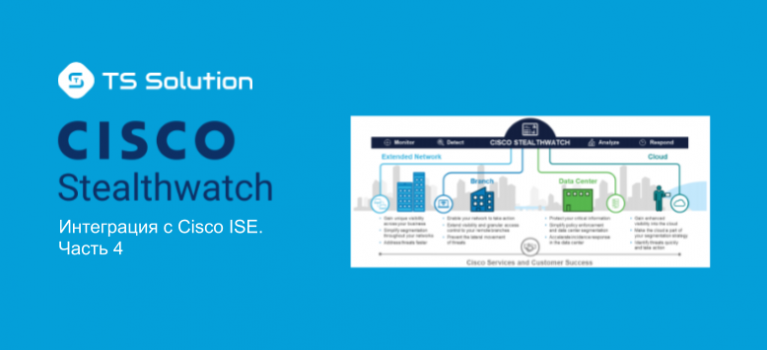A hidden port of the Nintendo Entertainment System has been put to good use. What kind of project?

What kind of port is it and why is it needed?
The 15-pin expansion connector at the bottom of the Nintendo Entertainment System (NES) console was originally intended as a way to expand the capabilities of the device. How? By adding peripherals. To him it was planned to connect light guns, 3D glasses, keyboards, additional controllers and other accessories. Modems were also being developed: with them it would be possible to access a specialized network, which was used in the 1980s in Japan.
But the NES expansion port never saw commercial use. On the Famicom, the Japanese version of the console, it was covered with a protective cover. The plastic plug could be removed. Then it was completely abandoned in the NES, the US version of the console. The port was made inaccessible to the owner.
Hidden text
But NES fans and electronics lovers remembered the port. Some of them found use for it, although very limited. So to speak, just for fun. A few examples are below!
Three interesting projects
Sending messages to Twitter (now X)
In 2015, a DIY enthusiast named Trapper McFerron developed an unusual system: It was possible to send tweets through the Nintendo Entertainment System (NES) console using the expansion port.
McFerron wrote specialized software for the NES that used the Twitter API. Sending messages is implemented via the console. The author also developed an adapter for accessing the network. It all looked simply enchanting:

The project is non-profit: the author created all this only for himself, as mentioned above, just for fun. If you have a loaf of bread, why not make a trolleybus out of it, right?
Sound generator for NES
User with nickname Perkka2 developed EPSM (Expansion Port Sound Module). This is a sound generator for the NES console, which is connected through that same “forgotten” expansion port. The device is powered by the Yamaha YMF288 sound chip and adds new audio capabilities to the original NES.
The module supports multiple audio channels, including FM channels, rhythm channels with sampled drum sounds, and stereo.

EPSM Features:
three channels of FM sound;
six rhythm channels with stereo support;
Supports original Famicom games with enhanced audio, such as PowerPak and EverDrive N8.
EPSM uses a 3.5mm stereo jack for audio output. The system disables the NES's built-in RCA/AV outputs when the original 15-pin connector at the bottom of the console is engaged. Here GitHub of the project author.
Modern interfaces for NES

Another projectENIO, expanding the capabilities of the NES. A modern interface for data input and output is added, so that the old console can be used in a new capacity. Alternatively, connect to the Internet or add additional modules to improve sound and graphics.
ENIO is based on a chip PIC32. The chip controls data transfer between the NES and external devices. Accordingly, the following are added:
USB (for example, for connecting keyboards);
Ethernet (for network functions);
microSD (for downloading games and storing data).
NES Upgrade in 2024: NES Hub
In 2024 it became known about the development of a new module for connecting to the NES port. Created by DIY enthusiast RetroTime, it's the most versatile NES expansion port accessory to date. It's called NES Hub and is only compatible with the NES-001 version of the console.

What kind of module is this and what can it do? In short, it is a PCB with a lot of features. The NES Hub connects directly to the NES expansion port and provides:
connecting four controllers via Bluetooth (an alternative to the original NES Four Score accessory, which is now out of reach);
ability to connect a controller from SNES;
experimental support for Famicom peripherals (a Japanese game console released several years before the NES);
New Audio Features – Enables additional audio features in some Famicom games.

Probably NES Hub will support third-party accessories and modules in the future – for example, a drive emulator currently being developed for the Famicom Disk System called FDSKey Drive Emulator. It is created by Muramasa Entertainment specialists.
RetroTime already has several working prototypes, the enthusiast plans to send them to beta testers before announcing the module is ready and making the accessory available for purchase (most likely through 8bitmods and a few other niche stores). The cost of the device will be 57 US dollars. Decent, but enthusiasts usually don’t skimp on interesting additions for their consoles.
If you know of any other developments, please tell us about them in the comments. Not only for the NES, but also for other consoles, because there were unused ports on them too. An example is the PS Vita with its proprietary connector.




